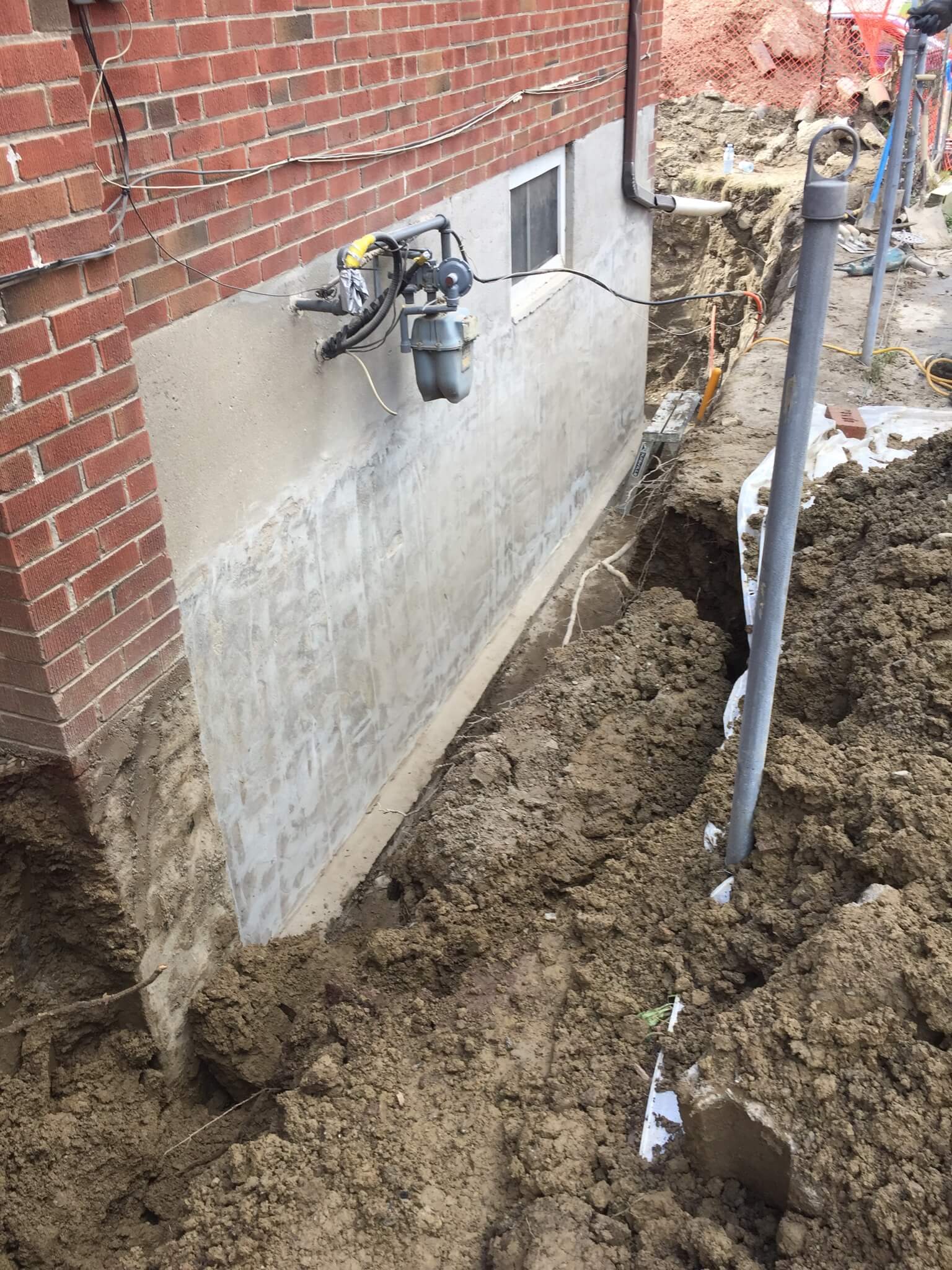Water-proofing is a critical aspect of upkeeping any house or structure, yet it often goes ignored until issues arise. As water invades structures, it can result in high repairs, threatened safety, and even health risks due to fungus and fungal growth. Grasping the value of water-proofing is essential for every real estate owner, as it not only safeguards against instant damage but also boosts the overall lifespan and worth of a property.
This manual delves into the science behind waterproofing, shedding light on why it is important, the multiple methods available, and how effective water-proofing can save you considerable amounts in potential repairs. Moreover, we will clarify frequent myths surrounding waterproofing techniques and equip you with the knowledge to spot indicators that your place may demand attention. Whether you are see king to waterproof your cellar, ceiling, or bathroom, understanding the principles of water-proofing will allow you to have wise decisions for your living space.
The Significance of Waterproofing in Homes and Buildings
Waterproofing is a vital aspect of maintaining the structural integrity and longevity of homes and structures. It acts as a barrier against water infiltration, which can lead to a range of issues, including structural damage, the growth of mold, and health issues. Without adequate waterproofing, real estate are at risk to water-related damage that can compromise not only the physical integrity but also the standard of air quality indoors. This makes waterproofing crucial for ensuring a safe and wholesome home environment.
In furthermore to protecting against water damage, waterproofing can result in significant cost savings over the long term. Fixing water damage usually requires extensive work, from repairing the structure to removing mold, which can be expensive. By proactively waterproofing a property, homeowners and building managers can prevent these issues from arising, which saves thousands of dollars in future repairs. This preventive measure is an expenditure that yields returns in the future, reinforcing the necessity of tackling waterproofing needs promptly.

Furthermore, proper waterproofing plays a role in energy efficiency within a structure. By keeping moisture out, buildings can maintain consistent temperatures, lowering the need for high heating or cooling. This not only reduces utility bills but also enhances overall comfort levels. As efficient energy use becomes increasingly important, the role of waterproofing in eco-friendly building practices is clear, making it a key consideration for both new and older buildings.
Fundamental Waterproofing Techniques and Solutions
One of the most efficient methods for moisture-proofing is the use of barrier systems, which create a defense against water intrusion. These systems can include specific membranes applied to both interior and outside surfaces, such as walls and foundations. By sealing off potential access points, these barriers prevent moisture from penetrating the structure, reducing the likelihood of water damage substantially. Choosing the suitable type of membrane for your specific needs is essential, as different materials offer varying levels of strength and tolerance.
Another vital strategy is effective drainage management. Installing https://huynh-mccall.mdwrite.net/selecting-between-do-it-yourself-vs-expert-sealant-services planned drainage system around your home can redirect moisture away from susceptible areas, such as cellars and bases. This can include drainage systems, water pumps, and drain pipes that are directed away from the building. Proper drainage not only minimizes moisture accumulation but also enhances the longevity of moisture-proofing systems and protects your property from the devastating effects of water damage and moisture.
In addition to barriers and drainage, the application of moisture-proof coatings is vital for enhancing the protection of surfaces prone to moisture exposure. These coatings can be used on ceilings, partitions, and patios to create a waterproof layer that resists moisture and prevents mold development. Selecting the right coating is important to ensure it endures environmental conditions, thus extending the durability of your moisture-proofing solutions. Scheduled maintenance and inspections are also important to ensure that these protective measures remain functional over time.
Expense Consequences of Disregarding Waterproofing
Disregarding waterproofing can lead to considerable financial implications for homeowners and building managers. Water damage can threaten structural integrity, necessitating costly repairs or even renovations. A single leak can escalate into widespread damage, affecting walls, floors, and foundations. This not only inflates repair costs but can also lead to a decline in property value, making any future transaction more complex.
In addition to structural repairs, the costs related to mold and mildew removal can add up rapidly. Mold grows in damp conditions, leading to possible health risks and requiring professional remediation services. The longer the moisture issue continues, the more significant the damage becomes, ultimately costing far more than initial waterproofing measures would have.
Furthermore, disregarding waterproofing can lead to increased energy bills. Damp building materials can lead to increased energy loss, forcing HVAC systems to exert more to maintain comfortable temperatures. By investing in waterproofing solutions from the start, property owners not only save money on repairs but also enjoy ongoing savings on energy costs, enhancing overall building efficiency.
